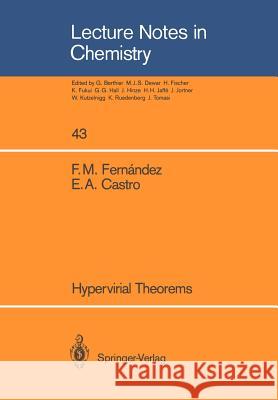Hypervirial Theorems » książka
topmenu
Hypervirial Theorems
ISBN-13: 9783540171706 / Angielski / Miękka / 1987 / 373 str.
Kategorie BISAC:
Wydawca:
Springer
Seria wydawnicza:
Język:
Angielski
ISBN-13:
9783540171706
Rok wydania:
1987
Wydanie:
Softcover Repri
Numer serii:
000070482
Ilość stron:
373
Waga:
0.67 kg
Wymiary:
24.4 x 17.0
Oprawa:
Miękka
Wolumenów:
01
Dodatkowe informacje:
Bibliografia











